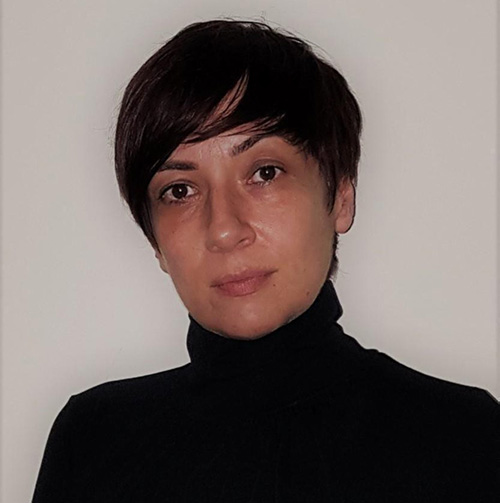When AI Becomes Too Much
You’ve probably noticed how easily curiosity about AI can turn into overwhelm. It begins with one or two tools - maybe ChatGPT for writing or a design app that promises to save hours of work-and before long, you’re testing half a dozen others. Each one looks impressive, but none of them seems to make your day feel any lighter.
You spend more time exploring features than finishing projects. The result is a paradox of modern work: you have more tools than ever, yet less clarity than before.
The problem isn’t that AI is overhyped; it’s that most people dive in without direction. The real challenge isn’t finding a powerful AI tool-it’s finding the right one for you.
From Tools to Tasks
The first major mindset shift is to stop asking, “Which AI tool is the best?” The truth is, there’s no single “best” solution. The answer depends entirely on what you’re trying to achieve.
Instead, start by asking yourself a more useful question: “What problem am I trying to solve?”
When you frame it that way, the noise begins to quiet down. If your biggest challenge is content creation, a conversational model like ChatGPT might be your ideal partner. If you struggle to organize ideas or summarize notes, Notion AI can help structure your thinking. For quick visuals or marketing materials, Canva’s AI features can turn sketches into polished designs. And if repetitive tasks are draining your focus, tools like Zapier or Make can handle them in the background, allowing you to focus on your real work.
Once you connect each tool to a specific purpose, AI stops feeling random. It becomes part of your process, not a distraction from it.
Building Your Own AI Ecosystem
Think of your AI setup as a small, carefully chosen team rather than a collection of disconnected apps. Each member of that “team” should have a role: one helps you think, one organizes your ideas, and another brings them to life visually or automates the routine.
There’s no need to rush or adopt everything at once. Start with one area of your work that consistently takes up too much time. Choose a single AI tool that could improve it, and test it for a week. Notice how it fits into your daily rhythm. Does it genuinely make things easier? Does it integrate naturally with your other tools?
If the answer is yes, keep it. If not, move on quickly. This is how you slowly build a system that supports the way you work, not the other way around.
Over time, you’ll find that three to five well-chosen tools can easily outperform twenty disconnected ones. The magic happens not through quantity, but through coherence.
From Overwhelm to Flow
Once your AI tools start serving a clear purpose, your workflow transforms. You stop jumping between apps and start moving with focus. Each tool becomes a quiet collaborator-something that saves time instead of demanding attention.
That’s the point where clarity replaces chaos. You’re no longer chasing every new release or trend; instead, you have a personal ecosystem that feels stable and intuitive. You begin to see AI not as an experiment but as an extension of your mind and creativity.
The shift is subtle but profound. It’s the difference between feeling constantly behind and feeling quietly in control.
Common Pitfalls to Watch Out For
When building your AI system, it’s easy to make mistakes that pull you back into confusion. Many people test too many tools at once and spread their focus thin. Others expect AI to think for them, when in reality, AI performs best when guided by a clear goal or problem.
Integration is another common blind spot. A tool might be impressive in isolation but useless if it doesn’t connect with the rest of your workflow. And then there’s the trap of novelty-the urge to try every shiny new thing instead of mastering what already works.
The solution isn’t to ignore new technology, but to adopt it thoughtfully. Test, evaluate, and only keep what adds real value.
Clarity Is the Real Productivity Hack
In the end, mastering AI isn’t about technical expertise - it’s about clarity. Once you know what you need and how you work best, AI becomes an ally that enhances your focus, not something that overwhelms it.
Start with one task, one goal, and one tool. Give yourself time to adapt. Slowly, you’ll build a small but powerful toolkit that supports your creative flow, simplifies your workload, and helps you reclaim time for the things that truly matter.
Because when it comes to using AI effectively, the goal isn’t to keep up with the technology-it’s to let the technology keep up with you.



